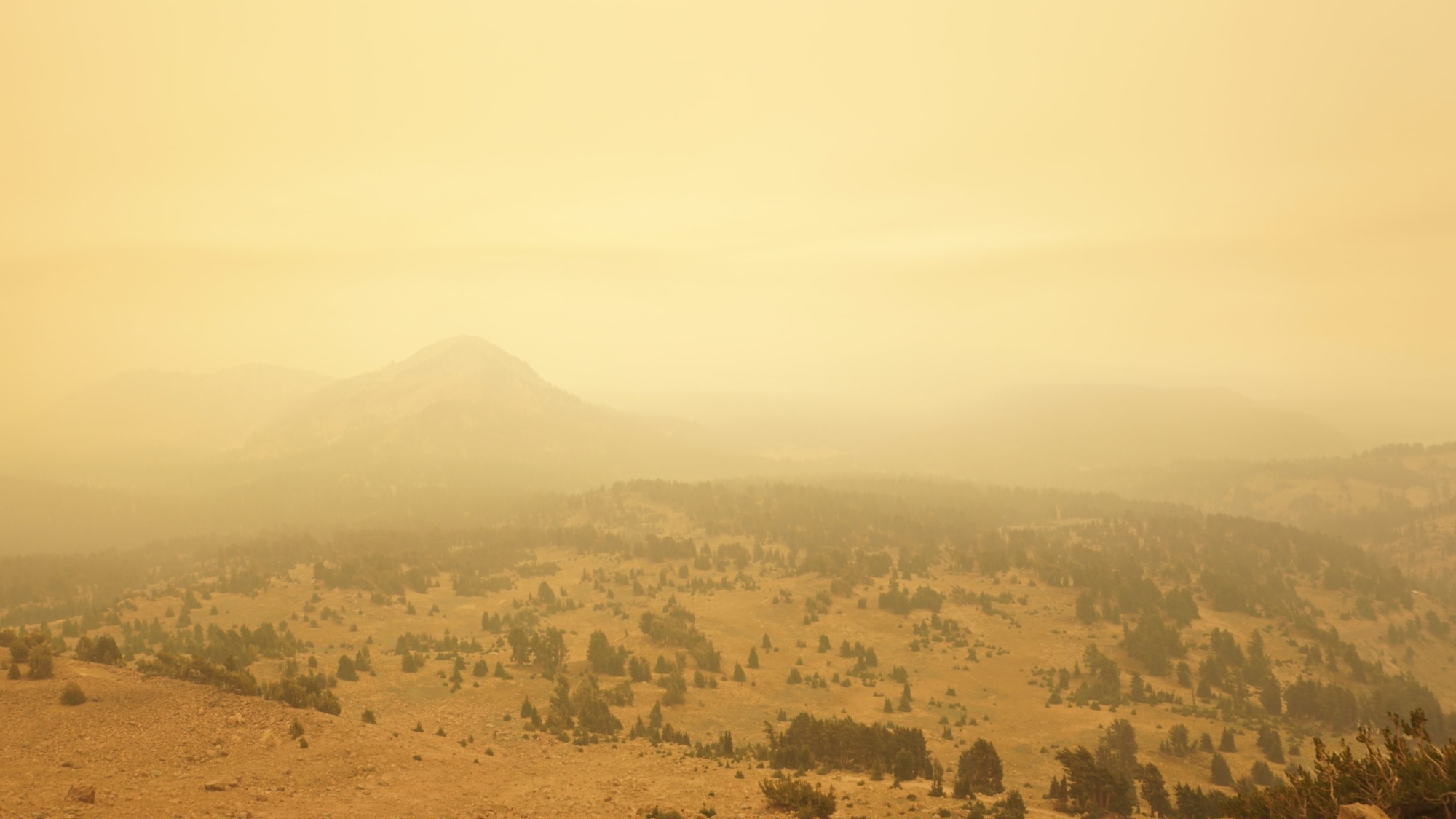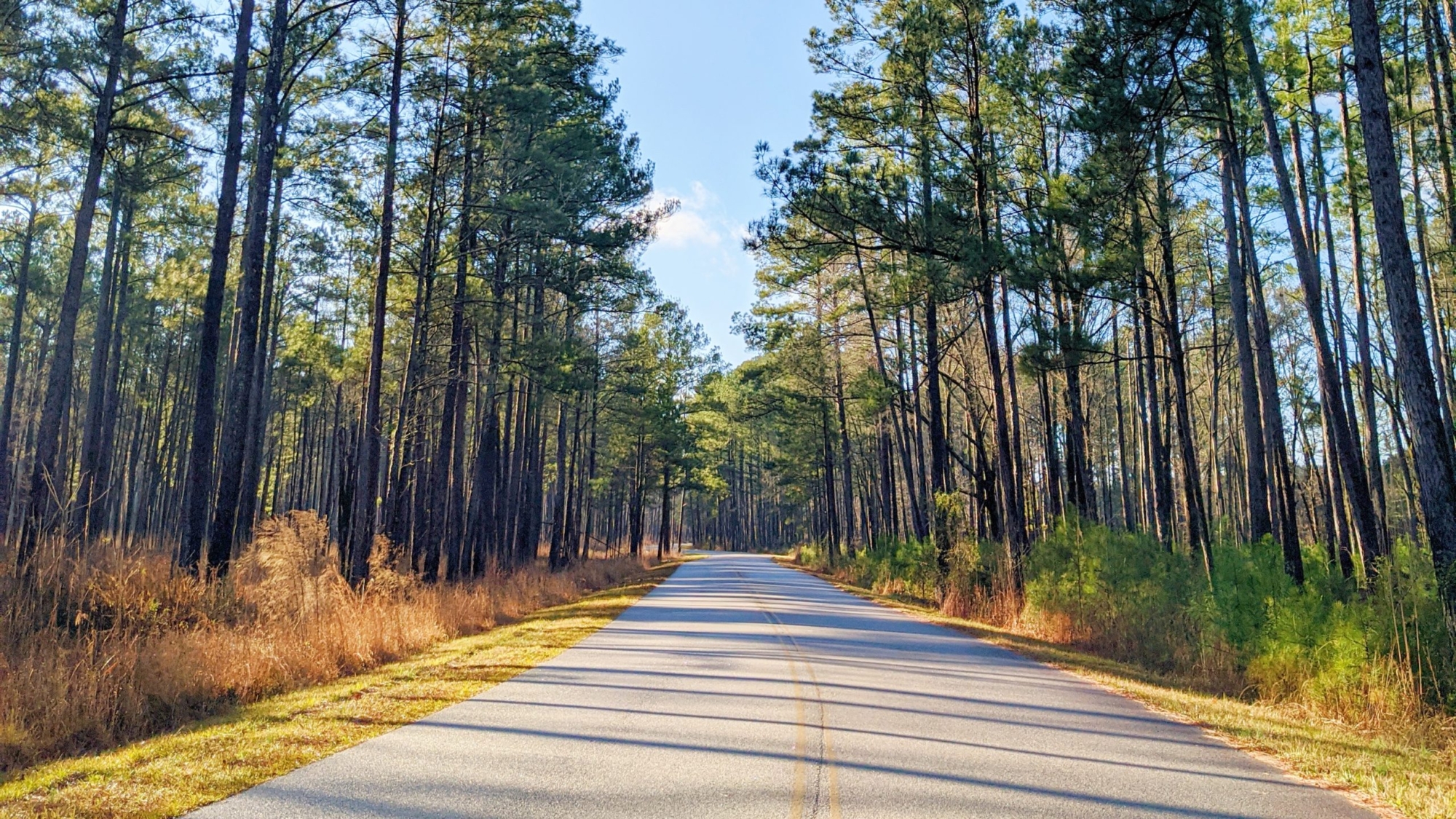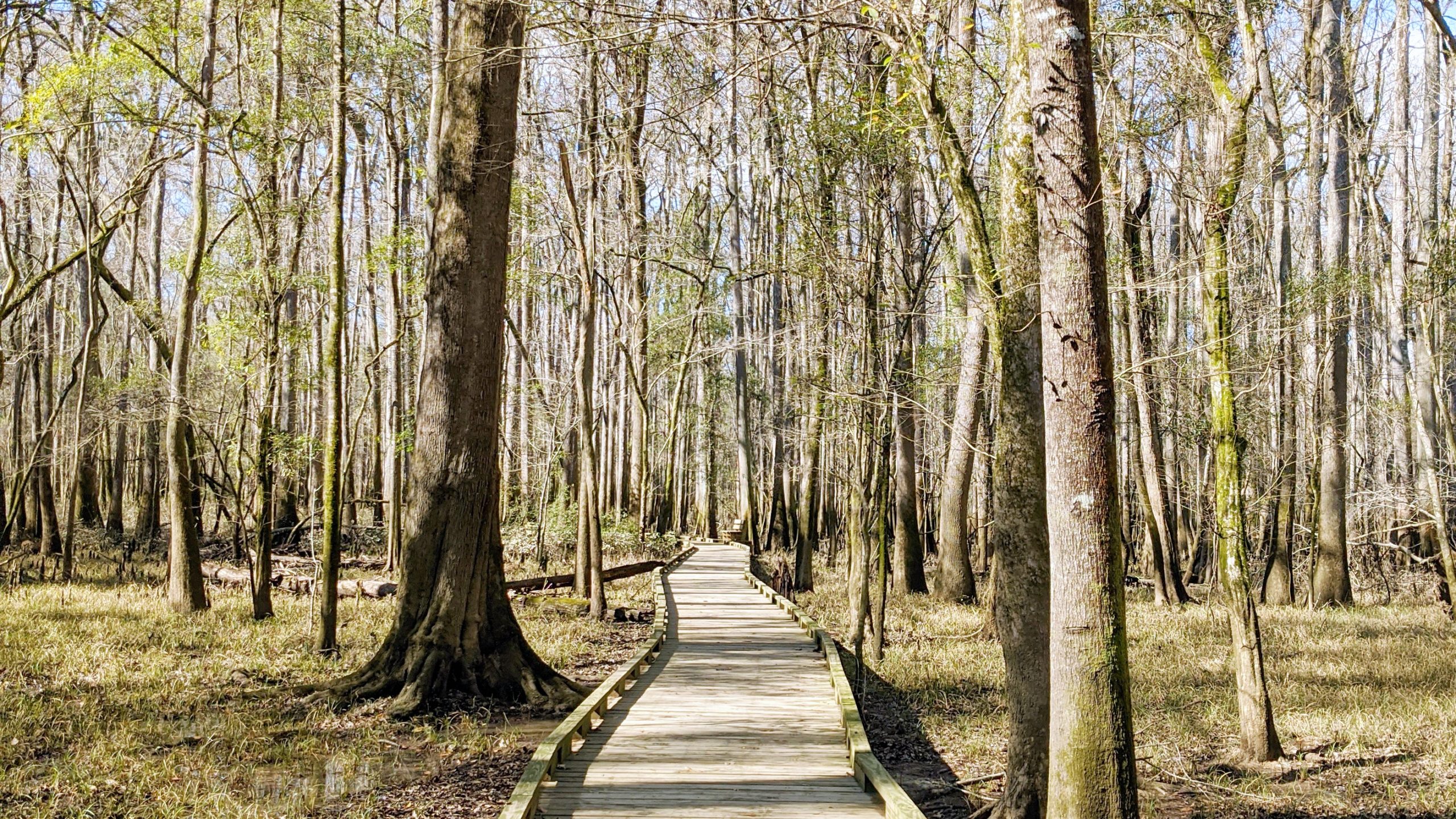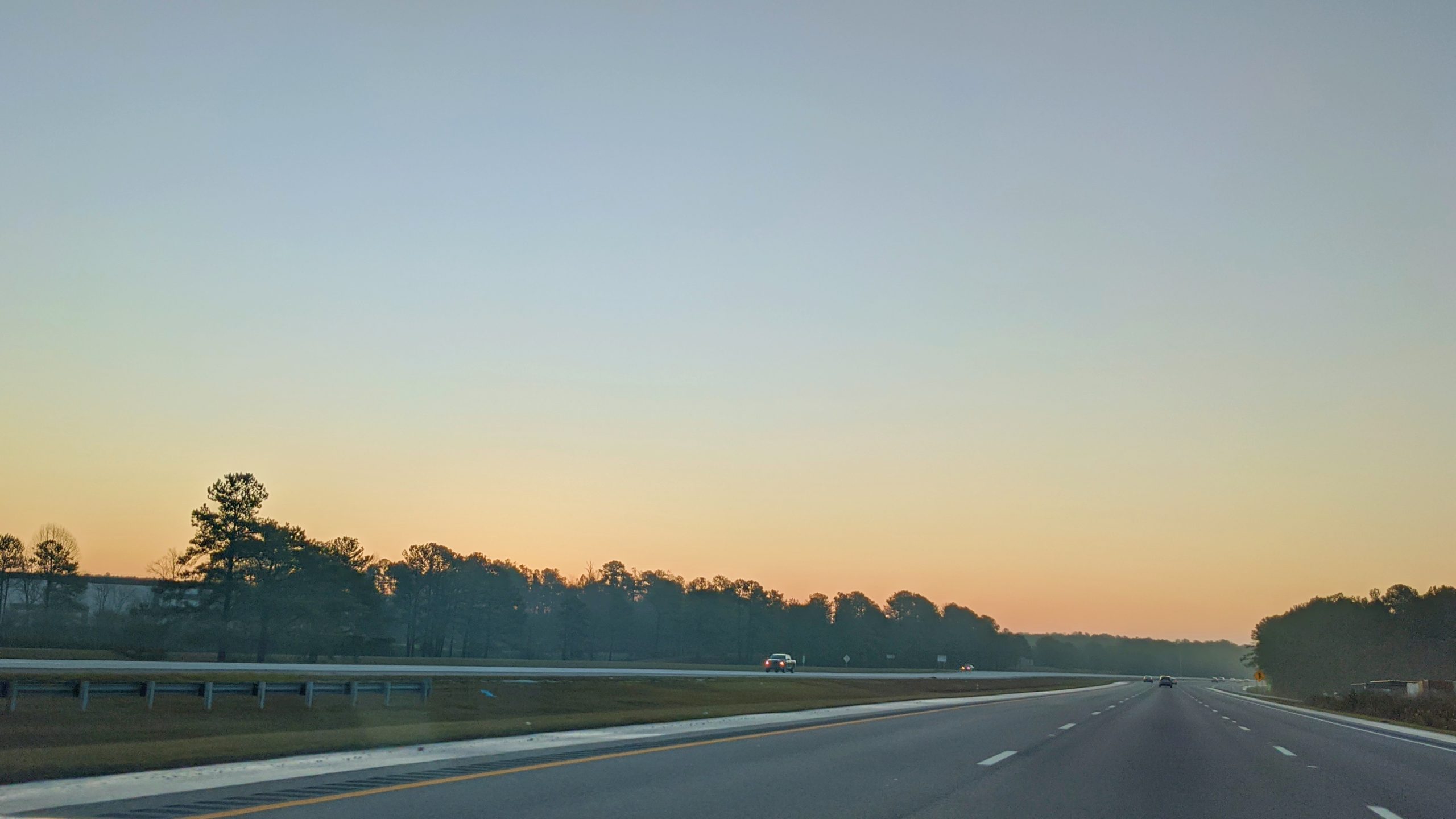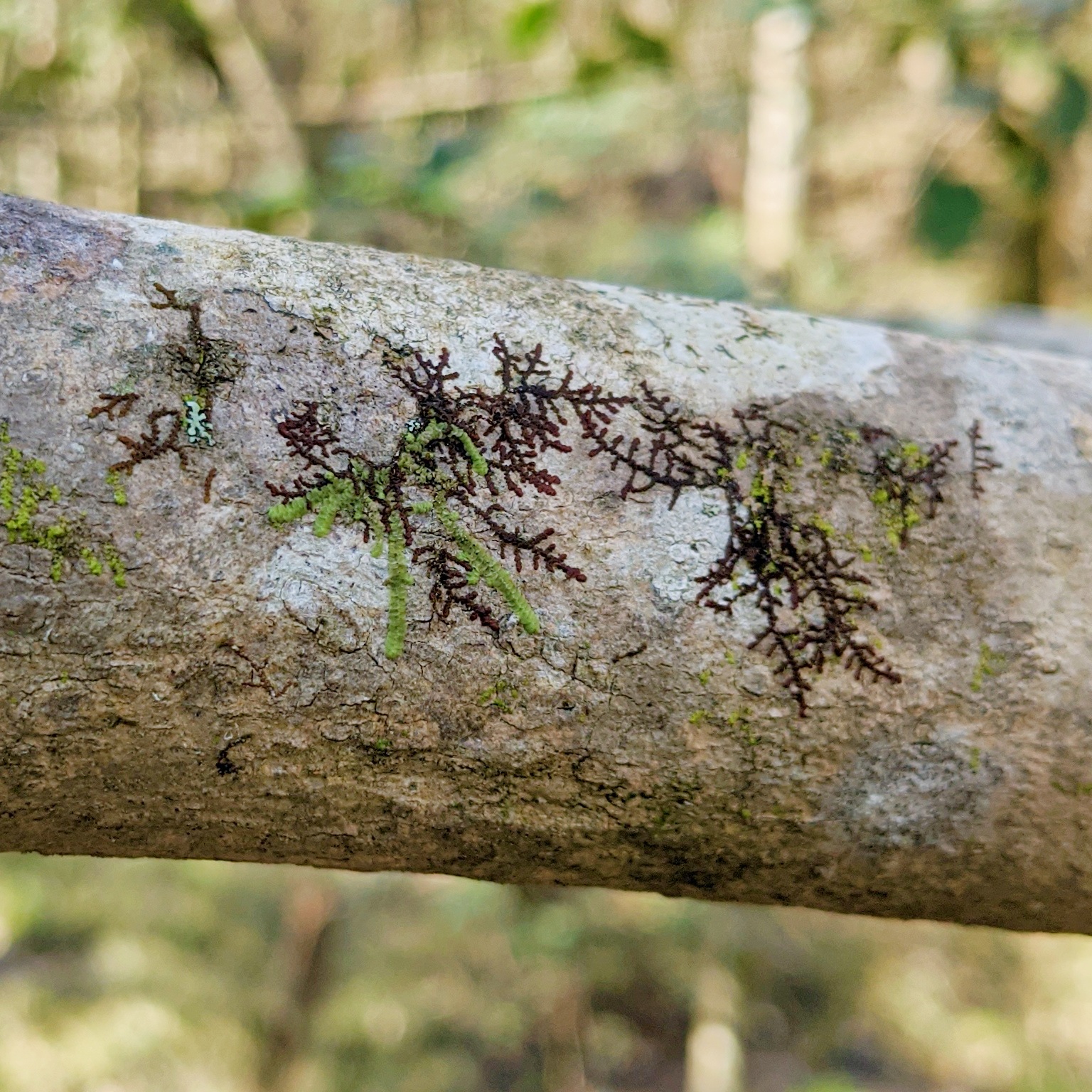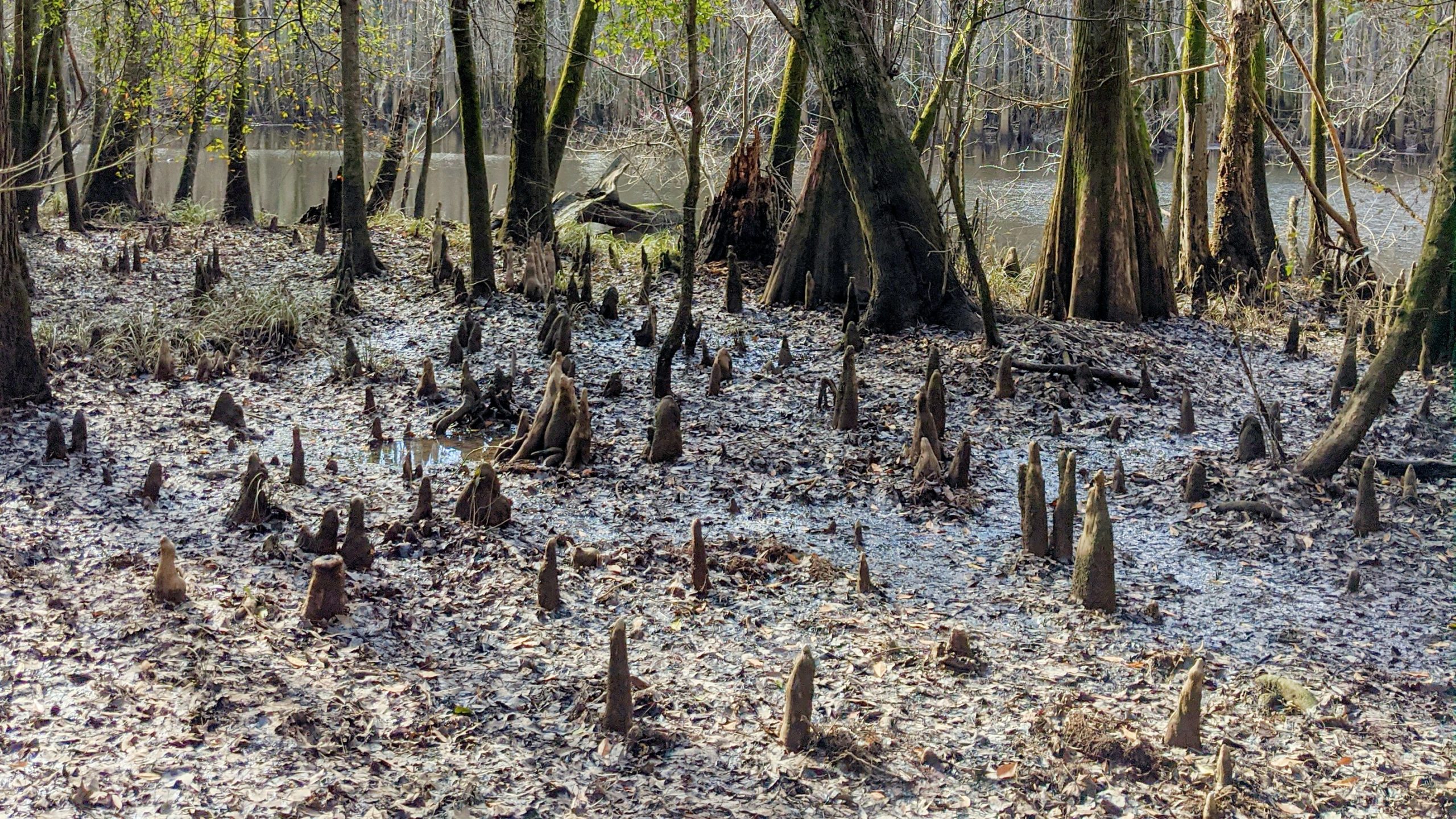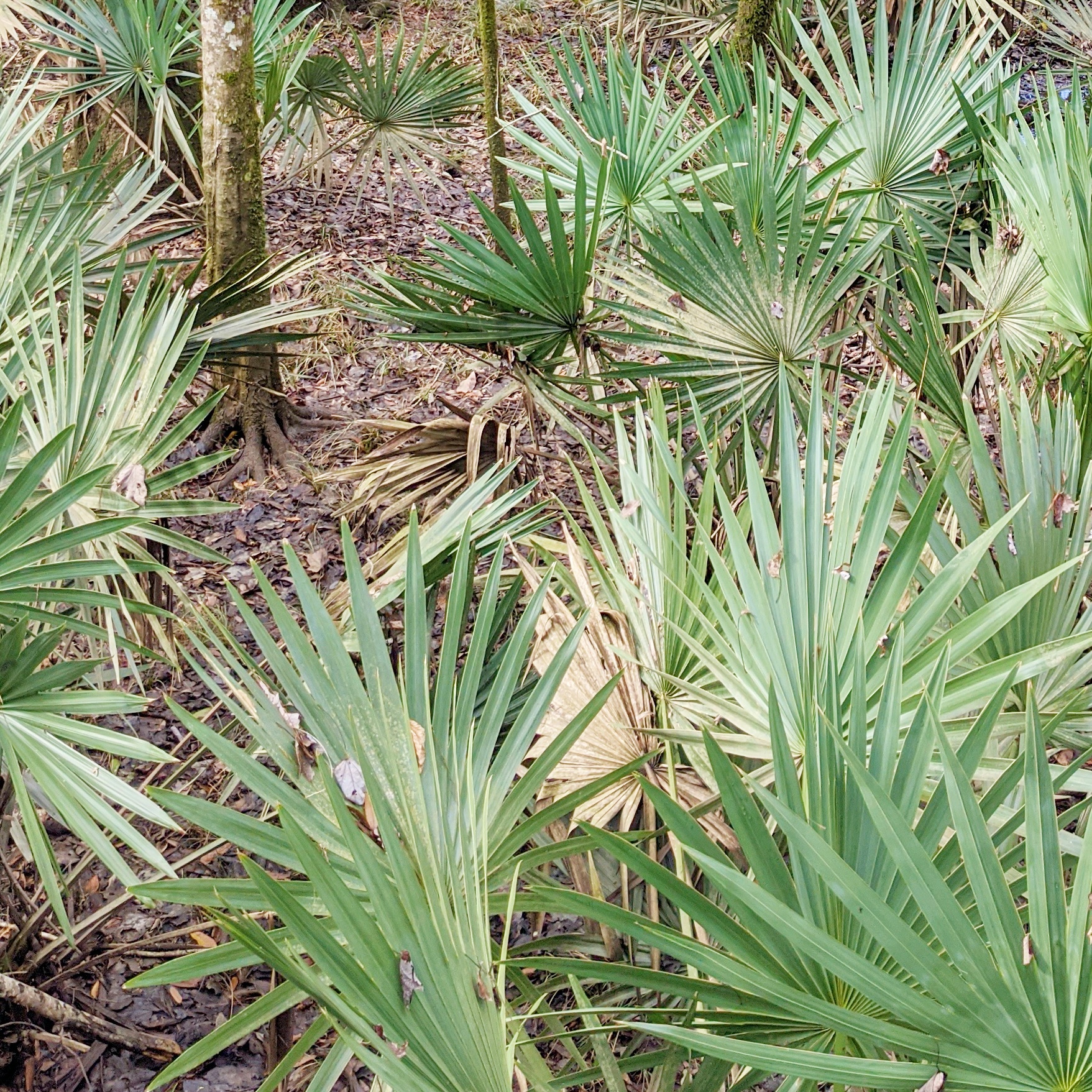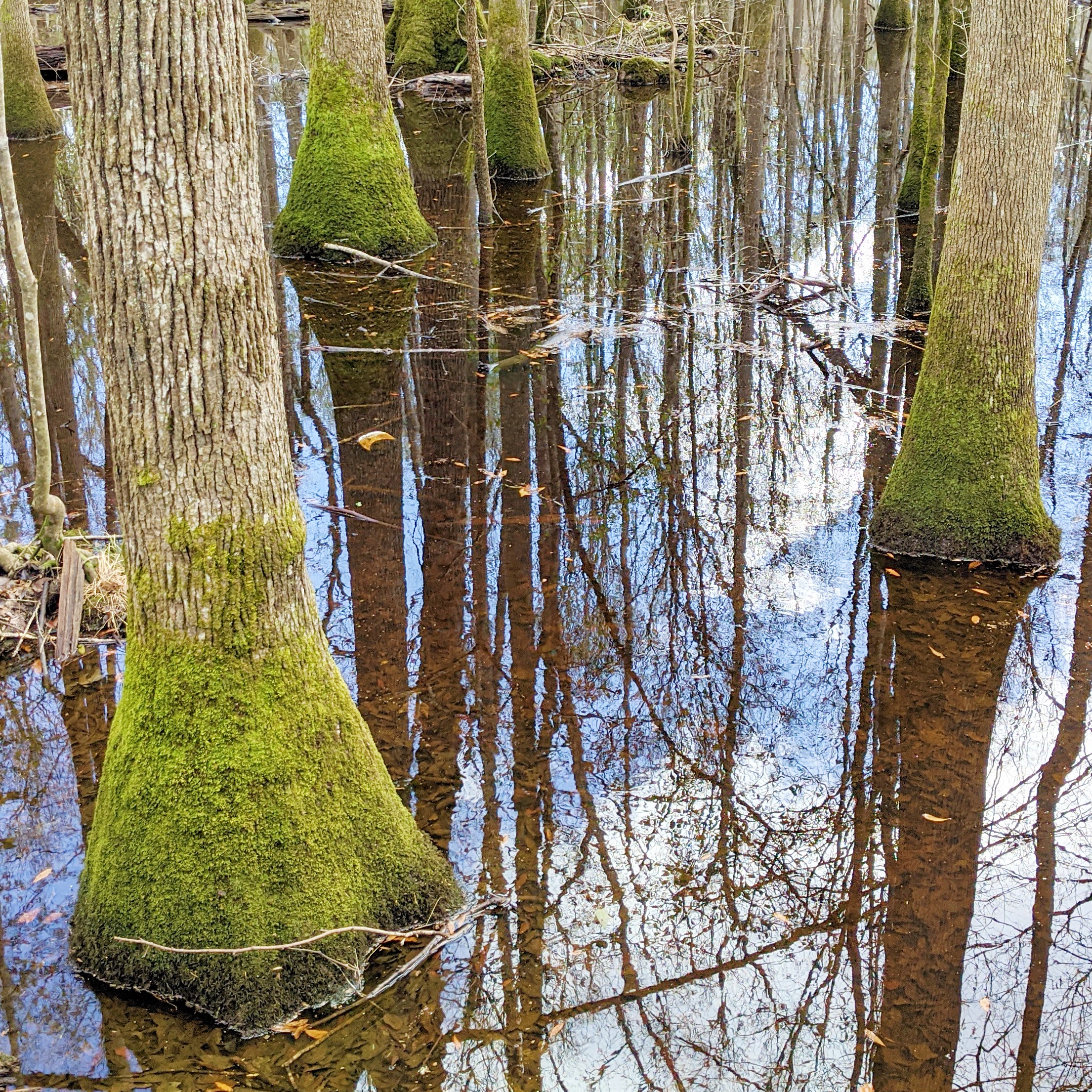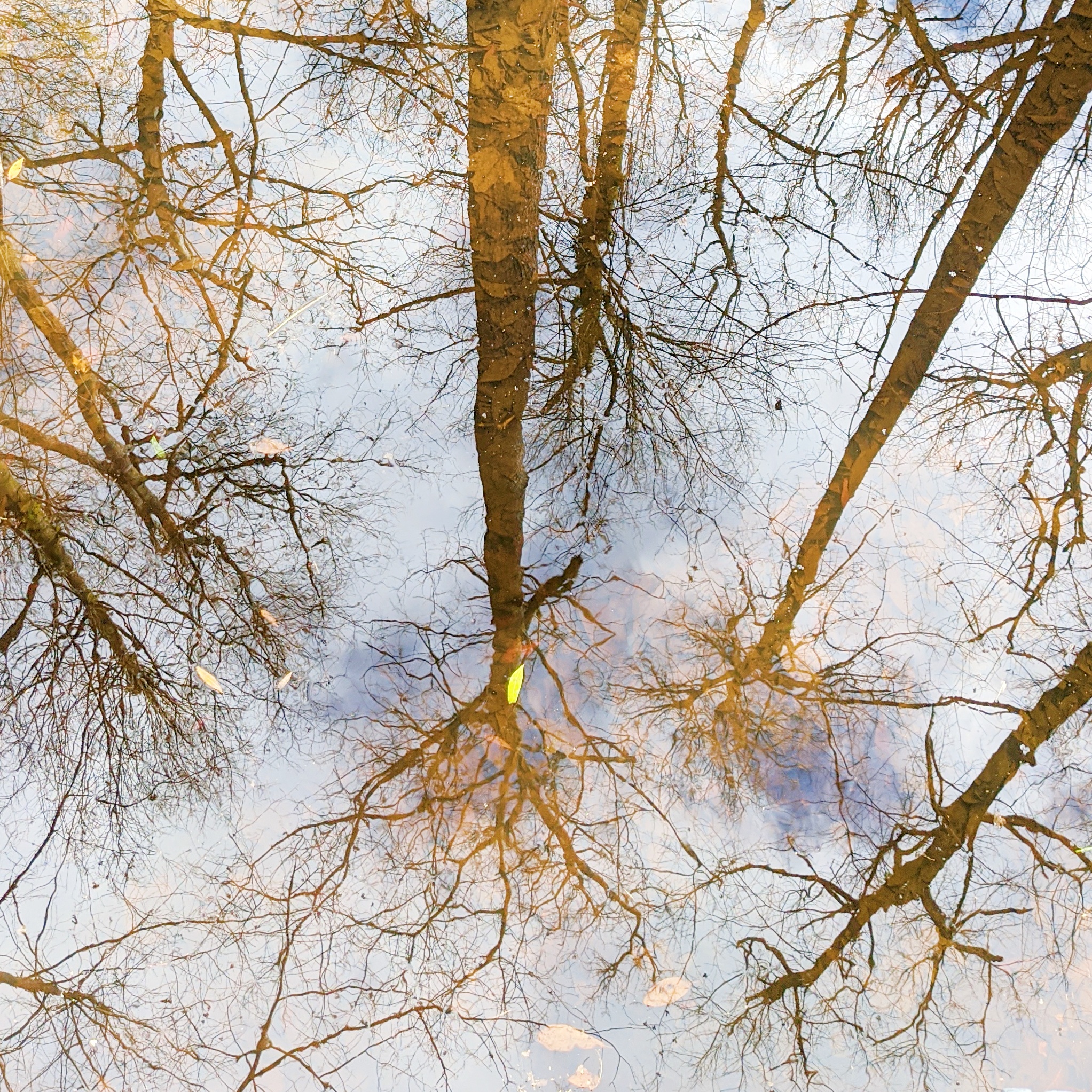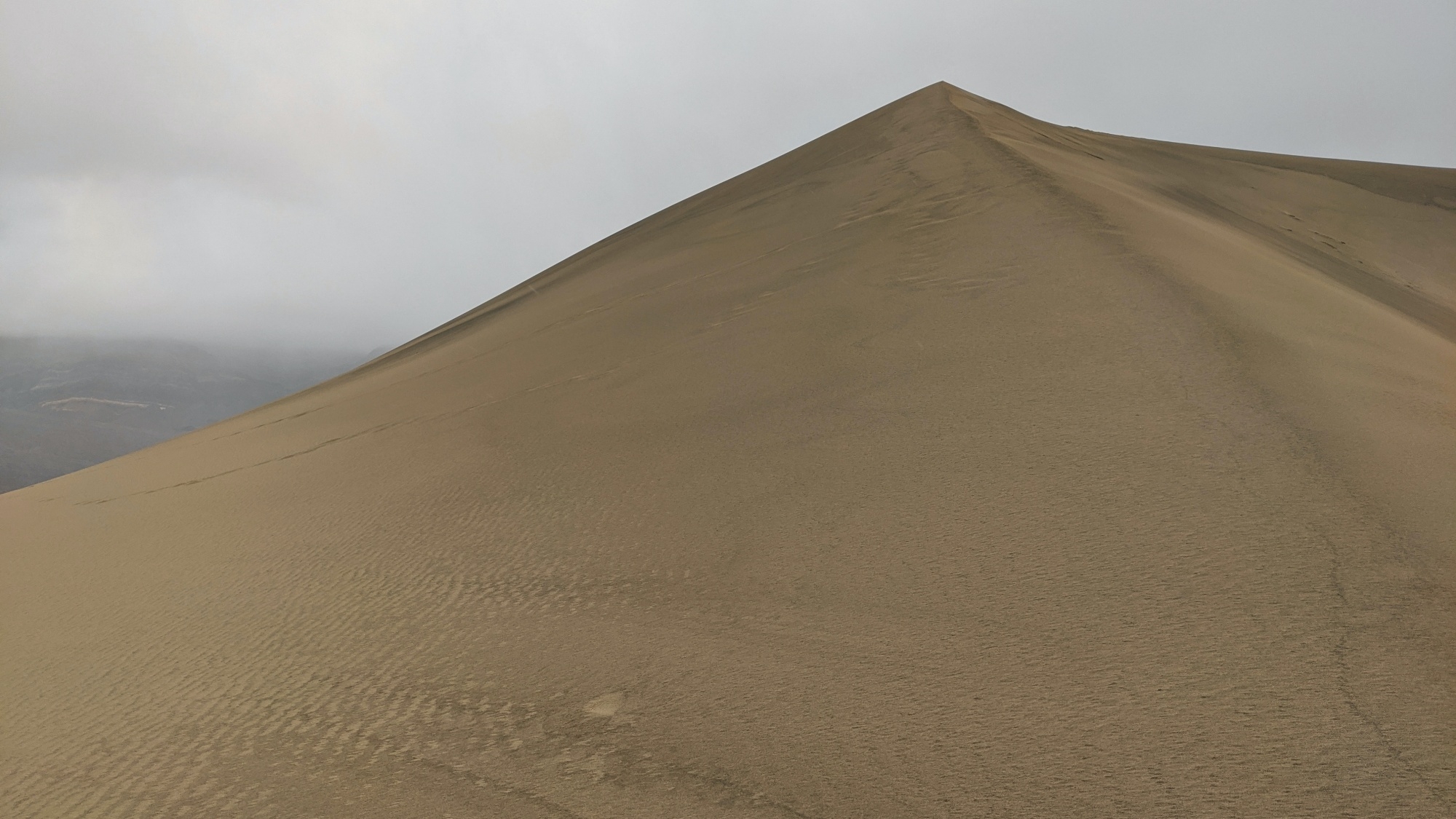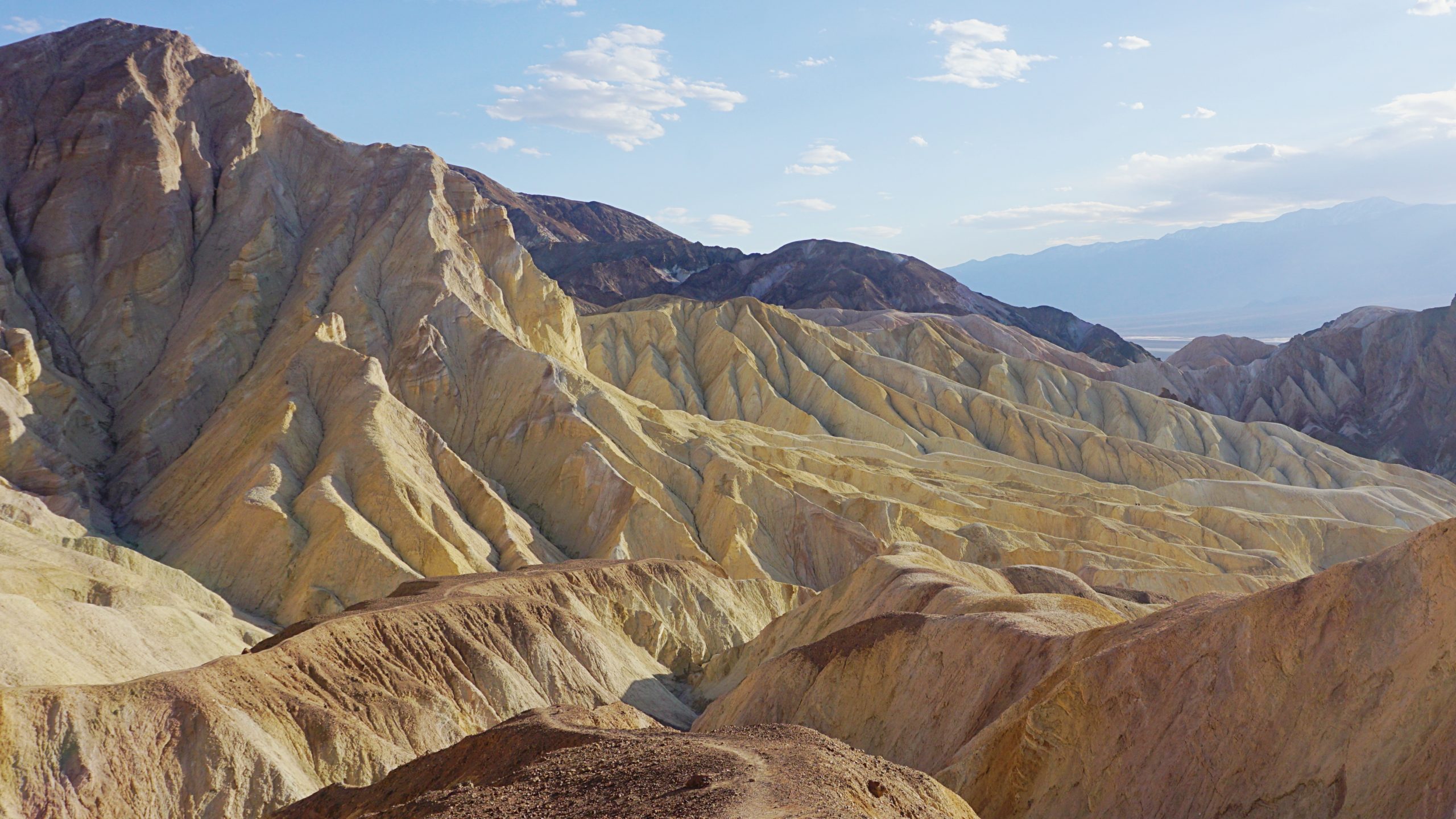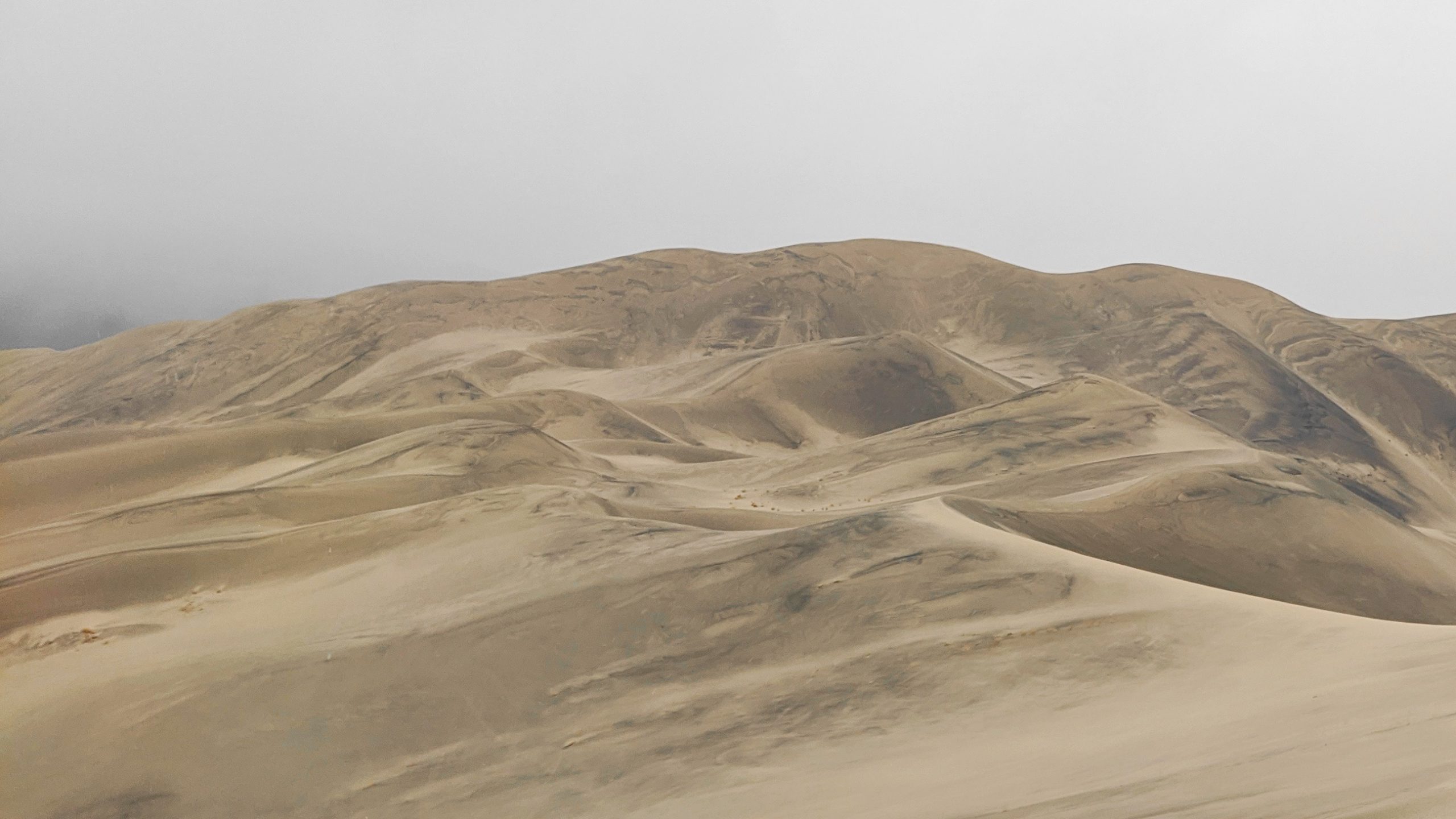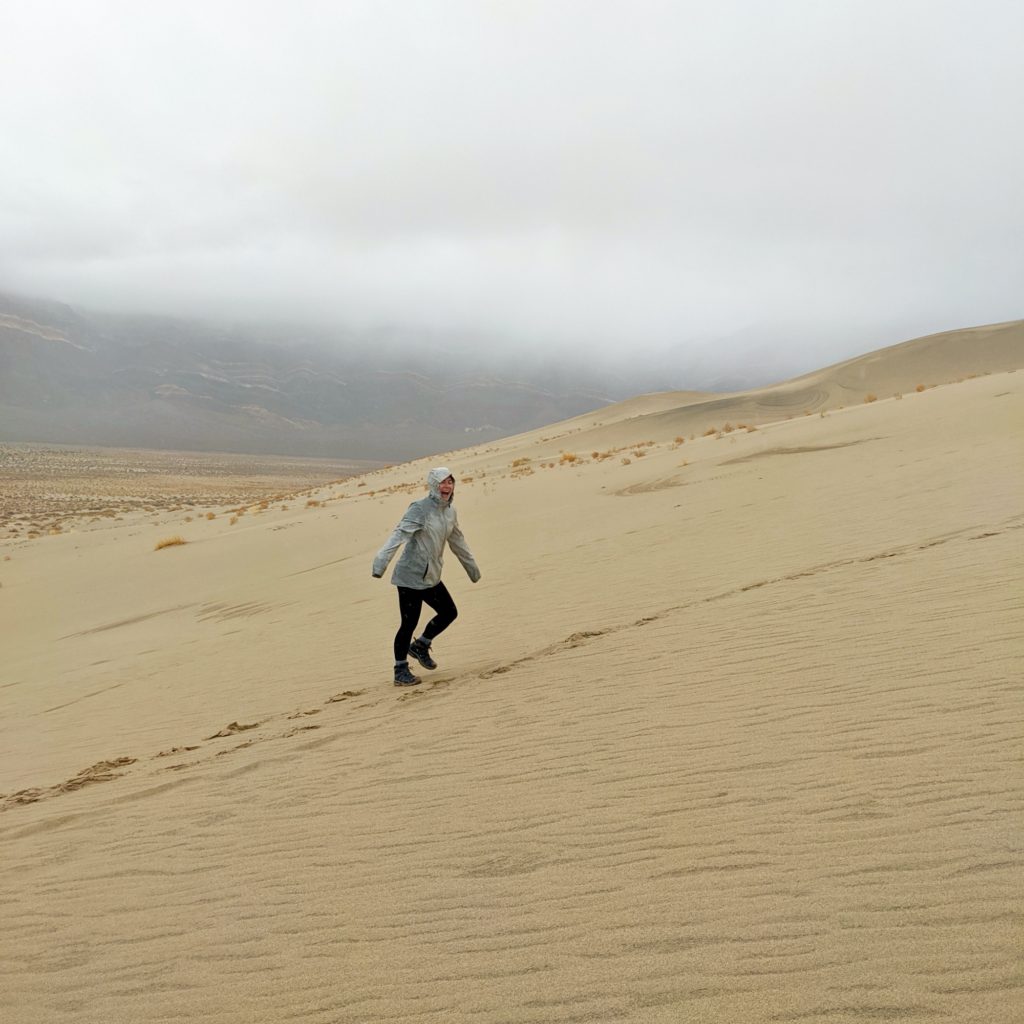Breath rasps in and out of our lungs. One step, then another, hiking boots slipping slightly on loose tan rocks and dust. Another corner, turn, another switchback. Harsh wind blasts us as we round the face of the peak, threatening to throw us off, tilt us just enough to send us sliding back down the two thousand feet we had already traversed. Another corner, turn, another switchback. Rounding the dry peak back to shelter from the aggressive wind. The scraping sound of our breath like dry sandpaper against the otherwise serene landscape before us, grating against solitude and silence, wheezing lungs disrupting wistfulness. Another corner, turn, another switchback. The wind strikes at us again, ripping calm from our ears to replace with howling, screaming, anger to pull us down. Dust pelts our legs, tiny needles of pain and irritation as we push against the whipping wind. Another corner, turn, another switchback.
We see-saw up the peak this way, occasional exclamations of majesty and ‘you’ve got this’ motivators floating on the air between us. Smoke from the fires hangs heavy around us, thickening throughout the valley, a dense ominous cloud of ash and burning. The sky is truly orange, rippling as if in constant sunset, only wavering to darken its sour hue. Staring through the mustard lens before us, we are constantly reminded that we are indeed not wearing sunglasses, that there is no glass layer causing light distortion, that this is the world right now: glowing, blazing, burning.
As we near the top the wind intensifies, but we seem to summit above the smokey cloud layers. Blissful blue sky peaks through, air comes easier despite our high elevation, light filters clearly through to us, an unencumbered sun warms our limbs against the cool air. Even as the bellowing wind pelts us with sand and dust, we relish in the normalcy at this peak. We successfully persevered, climbed through a cloak of smoke, on top of normal adverse conditions of elevation gain and mileage, never-ending switchbacks and vertigo. Summiting is sweet, as sweet as the chocolate we share in celebration and the water we drink down as we catch our breath.
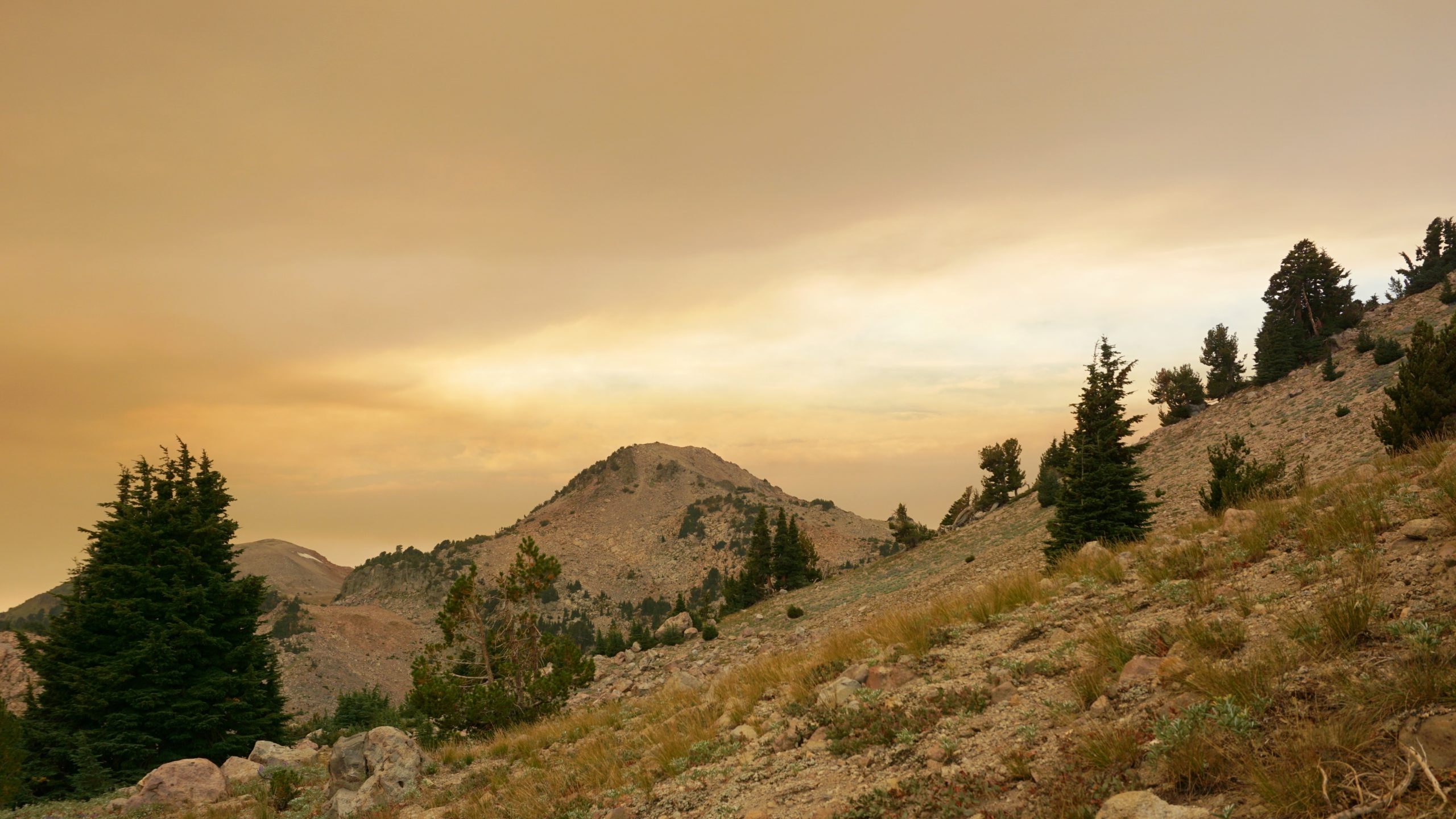
The time to descend comes and while gravity helps along our trundle downhill, we quickly reenter an ocean of smoke, tinting our vision once more and slowing our breath. Views become a haze, a smokey mirage in the distance, masks become mild protection from smoke, not disease. Purple flowers shine rebelliously in the yellow air, holding tightly to the mountain’s edges. Green pines wave quietly by – they have weathered far worse.
Chatter flows quickly, freely, a necessary distraction from the darkening world around us, ominous oranges covering the sky and our eyes once more. The air is cool, kissing our skin gently, nudging us to savor its refreshing feel before we venture further. Like on our ascent, the wind returns to its frenzied lashing, but now we take its invisible attacks as further fuel to push us down this mountain.
As we near the bottom, the car park flitting in and out of view between trees and around corners, expressions of awe, excitement, wonder, and pride slip through our lips. Did we really climb that?, we ask ourselves, looking back up the sheer mountain face, ever imposing from our position below. And in these conditions? Smoke continues to nibble at our lungs, our voices becoming raspier by the second, as if the gravel beneath our boots had jumped into our throats, threatening to drown us with nature’s might. The recklessness of our endeavor is not lost on us, the resounding impulse of responsibility and the lack thereof we showed by climbing this peak in a world smothered in fire and smoke thrums unspoken between us. Apart from swallowing gallons of poisonous air, we have been lucky.
With that thought, we gather ourselves in our car, yanking off layers and gulping at the smoke-free air that has been locked away since our departure hours earlier. Muscles are stretched, already feeling the tension of lactic acid buildup and tomorrow’s impending soreness. Bodies relax into pleather seats, eyes momentarily closed, small smiles creeping across cheeks, satisfaction and accomplishment leaking from glistening skin.
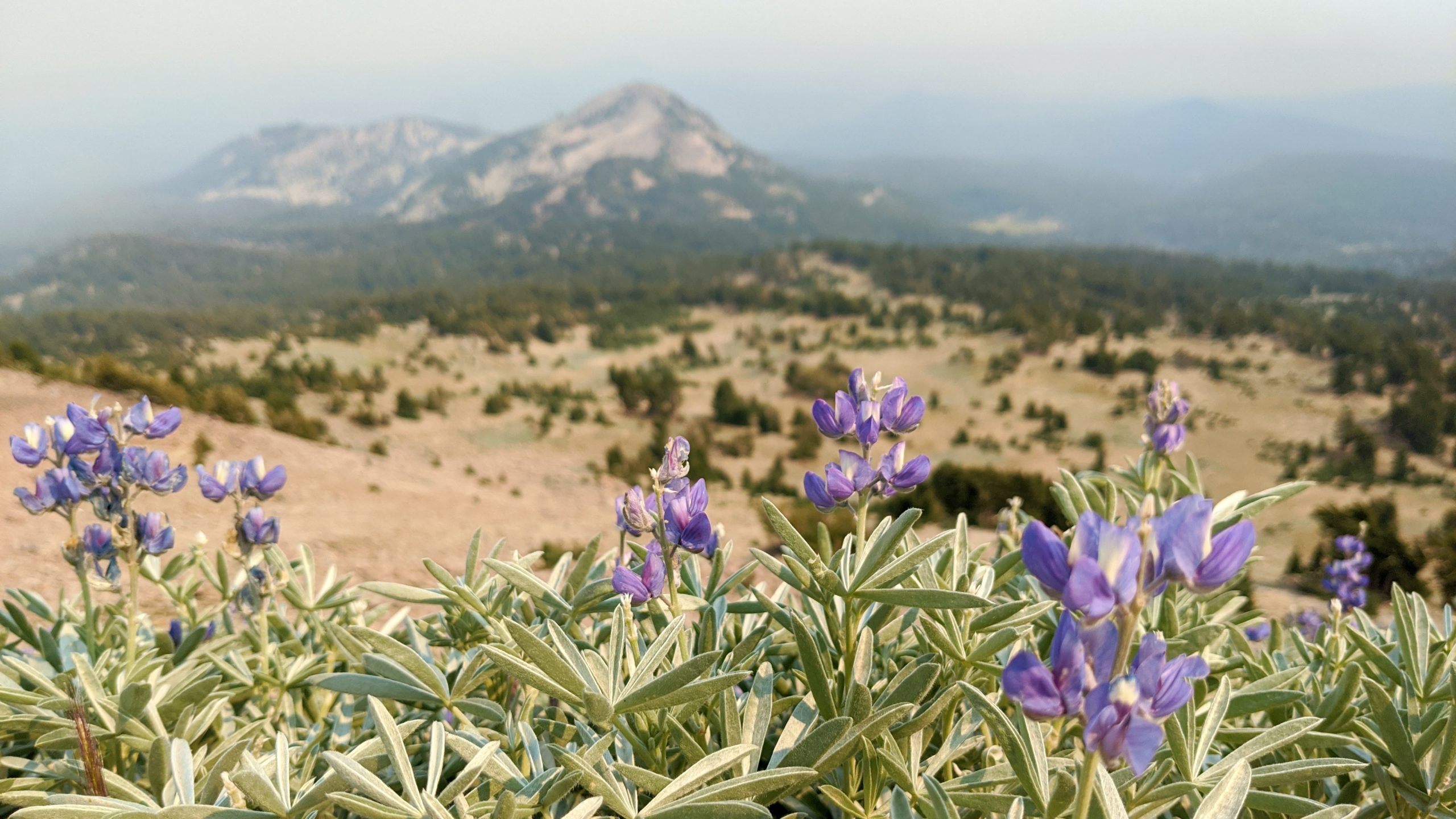
Our drive home brings the weight of the present world crashing back. After winding slowly through the park, marveling at the beauty of green forests and crystalline blue lakes even amidst the rusty shade of the air, savoring the tranquility and calm of this mountain oasis, we reconnect with main highways, an intensity of cars rushing one way or another, running away from or running towards and infinity of unknowns. One certainty quickly reveals itself though: since our departure earlier that morning, the wildfires have grown to unimaginable sizes, moving from potential threat to real and present danger.
Our blissful ease and relaxation is frantically replaced with emergency plans, back-up ideas, and worst-case-scenarios muttered quietly as our car speeds along highway stretches. Our main passage home is closed by fire, so detours are drawn up, excessive extra-long paths home are assessed, ignoring the extra driving hours it may take if safety is guaranteed. The radio continues in the background, garbled by distance and smokey air but volume cranked high on the traffic report nonetheless. The announcer’s voice is strained, suppressing panic, fear, urgency.
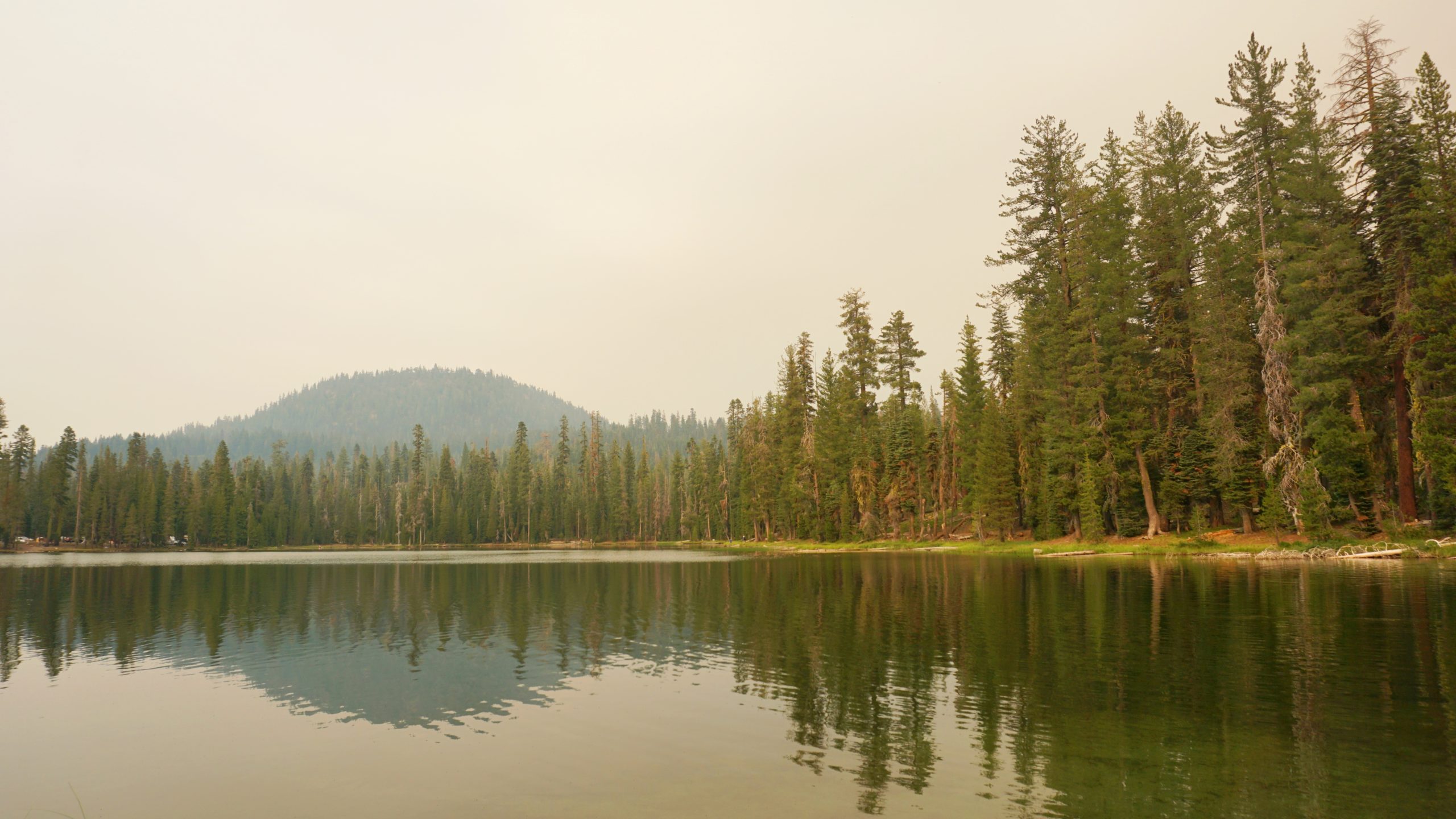
At the last minute, our road home reopens and we decide to risk it, imagining the safety of our beds, the comfort of home. Cutting across lanes to our exit, we join the highway, still sparse with cars from its recent reopening. The sky around us has settled definitively into night, dark skies that hide the shades of smoke that still swim around us and press down with a pervading, if dramatic, sense of doom. What hides within this night, hinted at only by radio voices and news reports and lingering wafts of burning.
The road lulls us into a sense of safety. No ominous glow, no orange hue. Only seventeen miles to survive and the first ten have felt almost like any other night. Stillness sits heavy in the car, our voices quiet, trepidous, waiting, even as our car continues at highway speeds. Twelve miles in. Familiar sights are recognized, shops from past visits pointed out. Fourteen miles in. Still no sirens, no flashing lights, no indication that this is anything other than a normal nighttime drive. We continue along another highway bend.
Oh god.
The words slip from my mother’s mouth in the passenger seat but we’ve all seen it. The ominous orange dome that suddenly blooms out in all directions, left, right, dead ahead. Traffic slows but does not stop as every driver pauses in momentary awe and rising fear. I stare straight ahead at the dashed white highway lines, whispering to myself, Just follow the lines, just stay in your lane.
Smoke has begun to seep into the car despite closed air vents and internal circulation. Visibility is reduced to white out conditions, even as a frantic tapping in the back of my skull reminds me it must be ash, soot, burning, not snow. Can I feel heat? Is that my imagination? We round another highway bend.
Treacherous brilliant orange claws scrape at the black night, wildly scrambling to gain purchase and envelope the sky. They lunge and dance on either side of the road, twisting in a chaotic craze, uncontrolled and untamed. Tiny blue and red lights flash from emergency vehicles nearby, like a child’s toys compared to the raging inferno they are attempting to contain. We continue along the road, heat now baking us in the car, blasting on both sides as if we were trying to warm up for winter. Tires can’t melt in this sort of heat right? I glance away from the white highway lines to the center divider. Crumbs of the fire swirl there too, snacking on the tiny weeds and grasses beside the metal barrier. Flames run like liquid along the center divider, tiny waves lapping up air and burning until only charred earth remains.
Just follow the lines, just stay in your lane.
The air in the car is tense, stressed, straining to stay calm. Breath is held, limbs are still, blood pumps in our ears. We round another bend in the road and just as soon as we came upon it, we are beyond it, the orange glow fading only to the rearview. I relax my white-knuckled grip on the wheel and a collective exhale fills the car. Smoke remains ever present, following us the remainder of our drive home. The fires may be behind us, but they remain vivid in our mind’s eye.
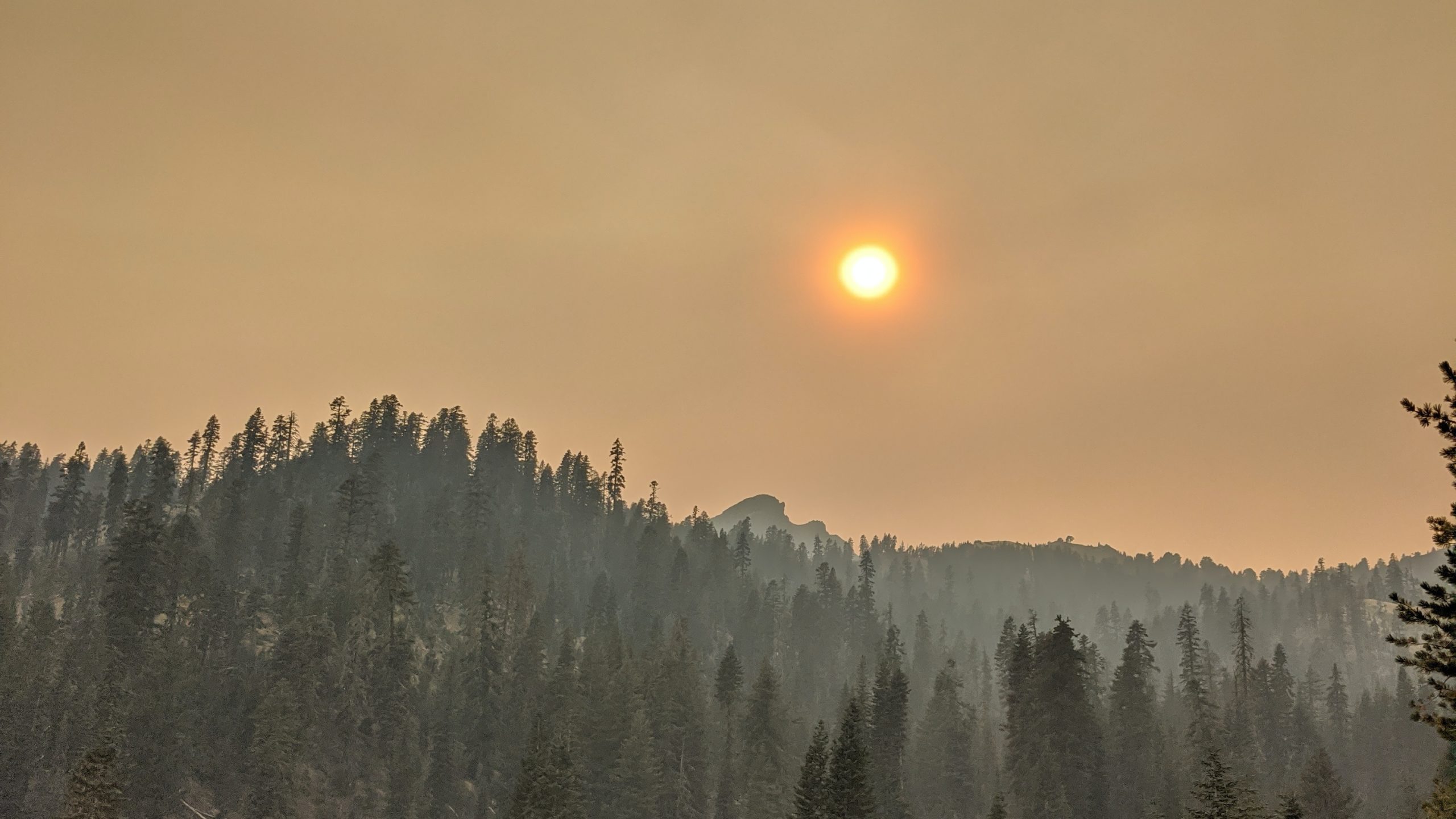
We are lucky. Safe passage, a home to return to, a home still not threatened by fire, our worst complaint being smoke in the skies. Not all are so lucky. With wildfires continuing to roar across the West coast, people, animals, homes, environments, entire ecosystems are burning to the ground. There are many things I could say – vote, believe in climate change, listen to indigenous tribes, 2020 really is a doozy – but for now, just stay safe friends.

